7 vegetables to plant in September to fill gaps and provide harvests through the colder months ahead
September is an ideal time to sow many vegetable seeds directly into the soil
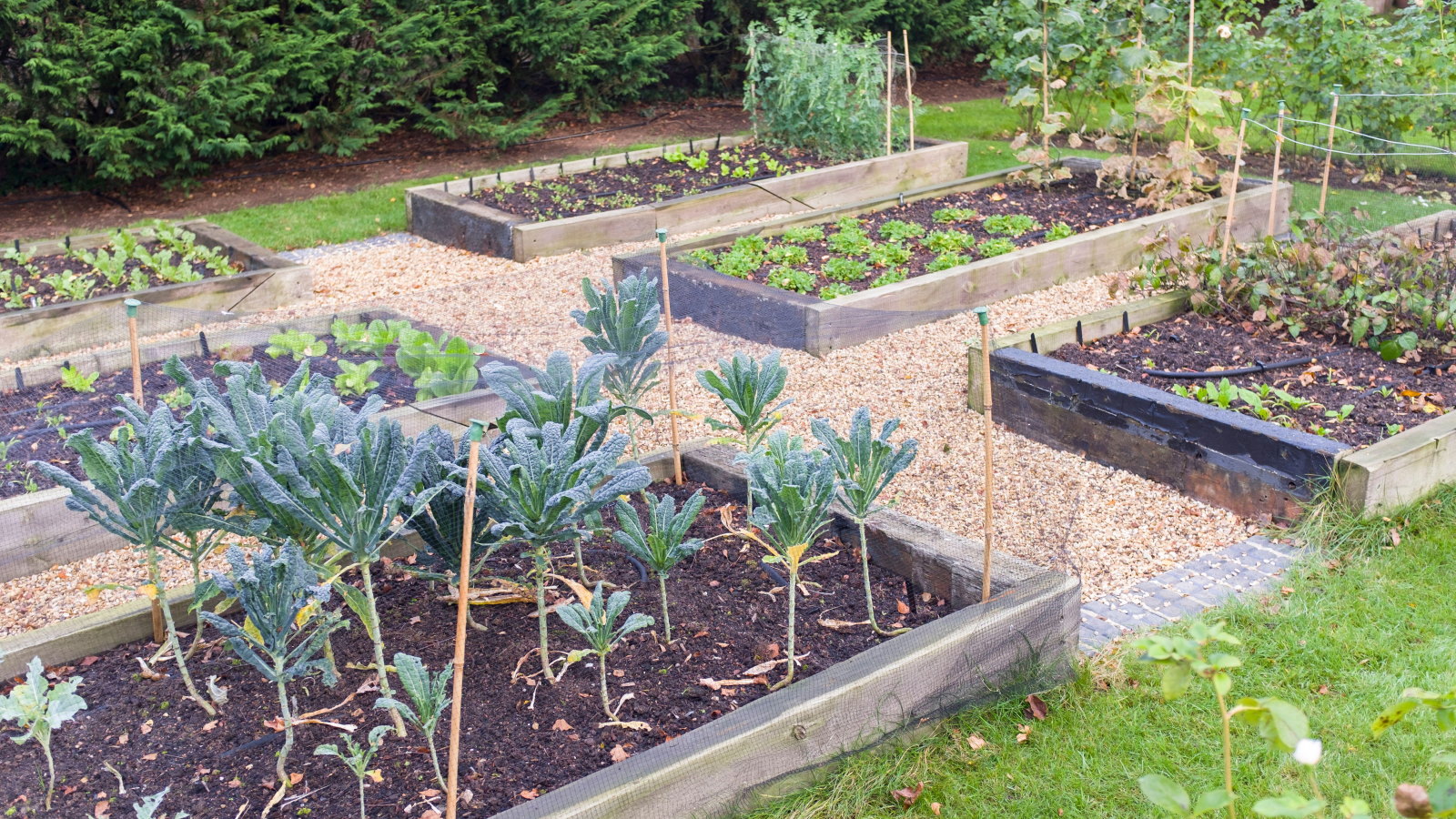

September is a recommended time to plant vegetables. In many vegetable gardens, gaps appear as other crops are harvested so why not take advantage of fast-growing vegetables that can be planted this month to fill space and provide harvests throughout the colder months ahead?
I grew crops year-round as a professional kitchen gardener in the UK, providing chefs with freshly harvested vegetables 12 months a year. A highly productive plot can be achieved by taking advantage of any empty spaces by planting vegetables to fill those spots.
This includes utilizing speedier crops that can be harvested in late fall and winter. You can also plan further ahead and plant slower-growing vegetables this month to crop in spring or summer next year. There are many options available to choose from for vegetables to plant in September.
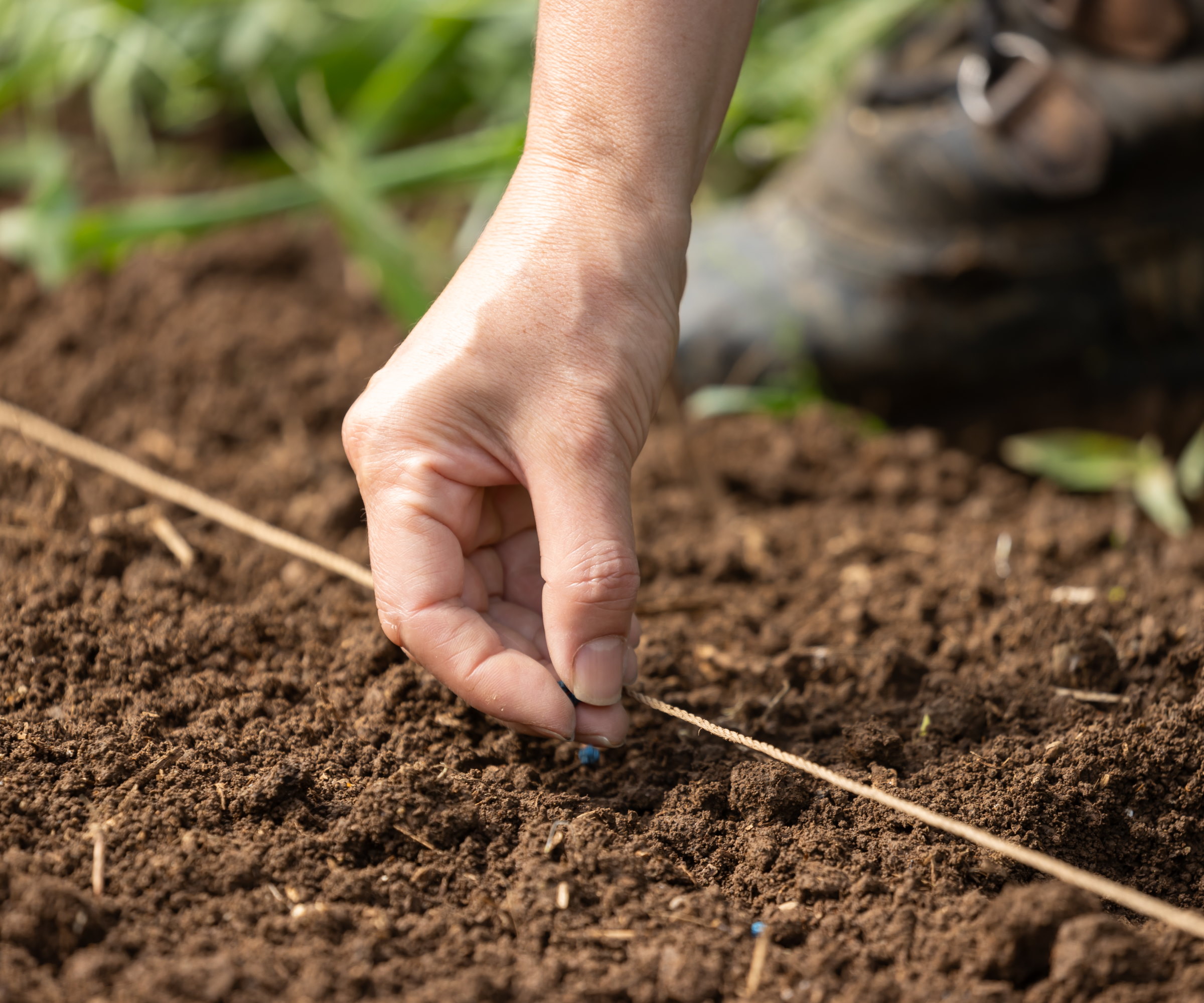
Where to sow vegetables in September
Many crops can be sown directly into the soil to provide a harvest throughout the colder months, though others may prefer to be started indoors and transplanted outside later. We look closely at 7 vegetables to plant this month and outline if they are best sown outdoors or indoors in September.
1. Garlic
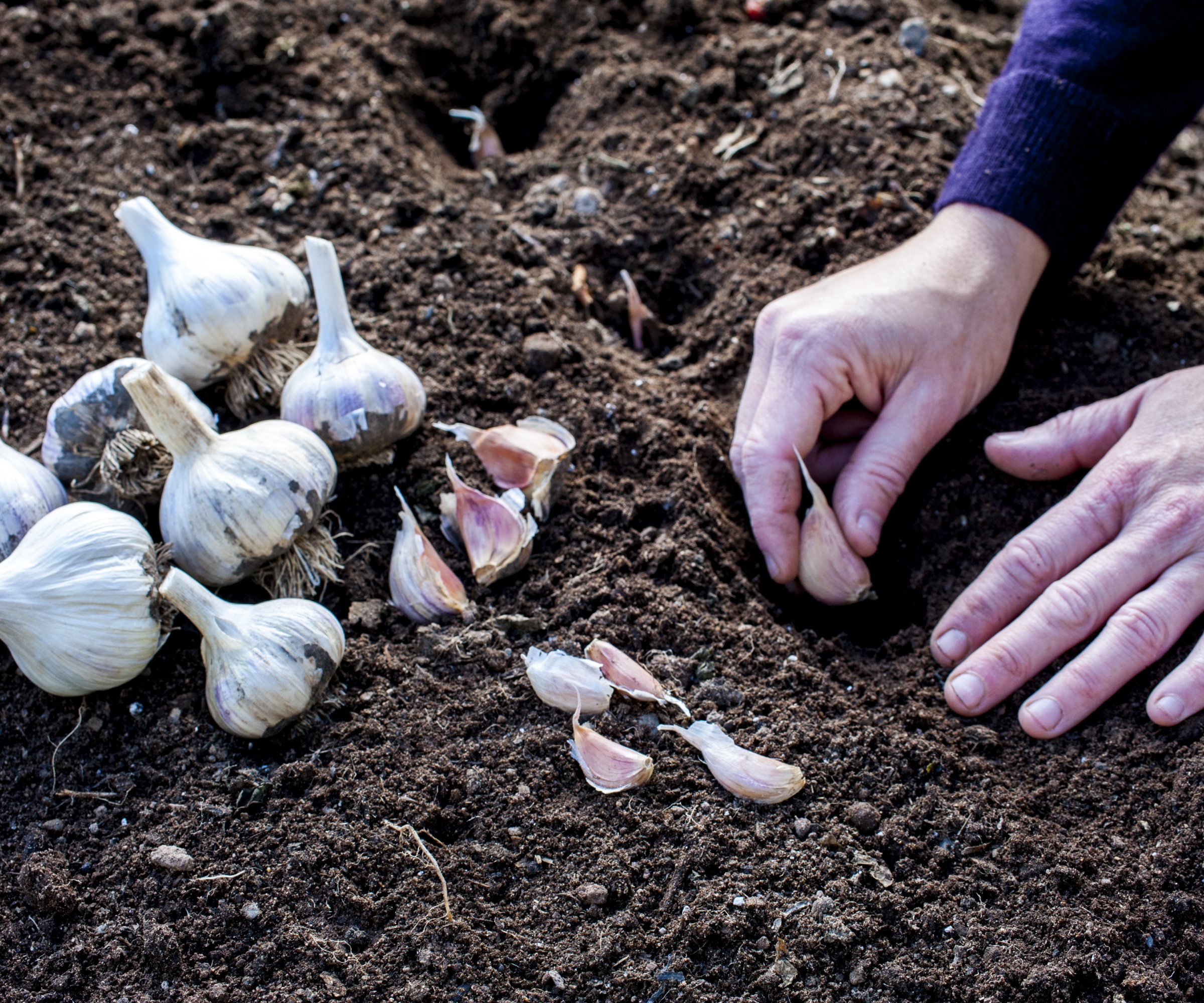
Growing garlic takes a long time, the plant has a long season and is often planted from September onwards. Planting garlic in early fall gives the bulbs time to develop roots and shoots before the onset of winter, allowing it to grow quickly once the temperatures rise in spring.
There are hardneck and softneck varieties of garlic to opt between, with hardneck varieties needing winter cold to form bulbs. Simply push the cloves into the soil or make small holes with a dibber to place each clove into. It is always recommended to buy seed garlic from reputable companies, rather than growing garlic from grocery store garlic.
See the range of garlic bulbs available at Nature Hills
2. Collard Greens
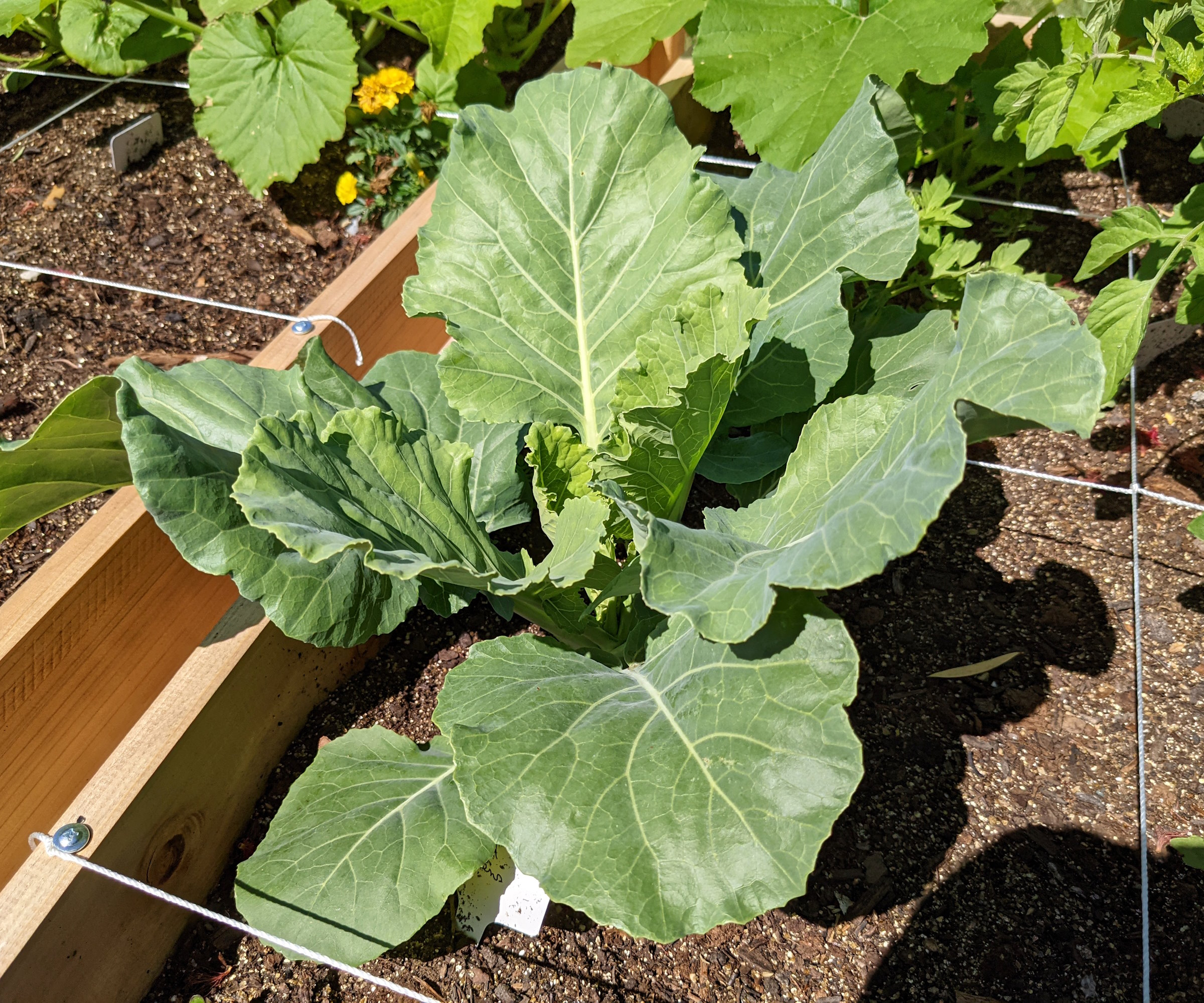
Collard greens is a fast-growing vegetable to plant in fall to provide large harvests throughout the winter. The leaves are packed with vitamins and minerals and can be harvested over a long period.
Collard green seeds can be sown 6-8 weeks before the first frosts, either sown directly or started indoors to transplant seedlings outdoors once they are large enough to handle.
Sow the seeds outdoors half an inch deep in rows around three feet apart in a sunny part of the vegetable garden. Thin the seedlings to around 18-24 inches apart as they develop to give plants space to grow into and you can start harvesting young leaves within 30-40 days as a cut-and-come-again crop.
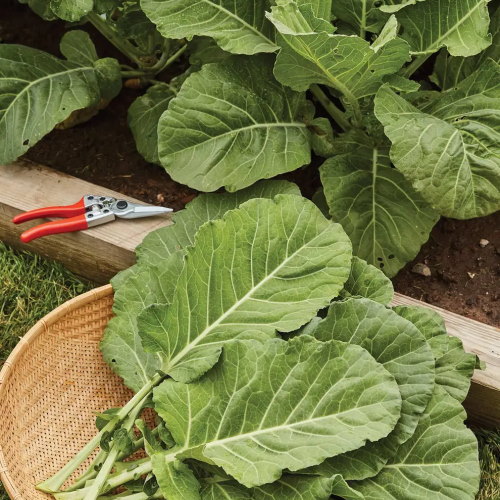
A variety of collard greens that produces broad, smooth, dark-green leaves that taste sweet and tender. The crop is even more flavorful after a light frost and plants overwinter in the South
3. Spinach
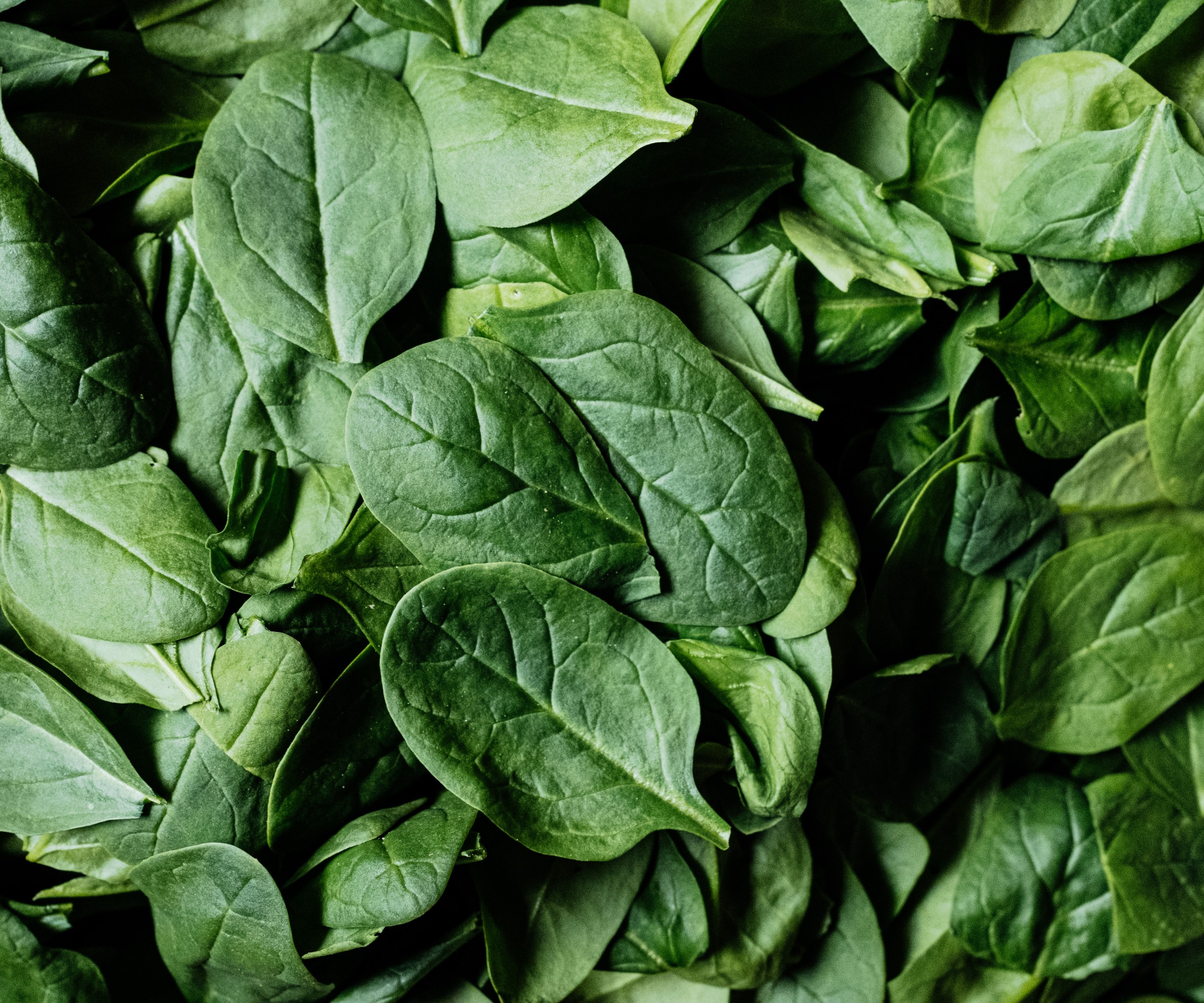
The leaves are well-known for being packed with vitamins and antioxidants and it is simple to grow spinach in fall. The fast-growing vegetable can be sown directly into the soil this month and you can be picking the first harvest of spinach leaves in less than 30 days.
Pick a hardy winter cultivar of spinach to sow in a sunny position and sow seeds outdoors an inch deep in drills, thinning seedlings to around five inches apart. Spinach is also great for raised beds or a vegetable container garden. Winter cultivars can be harvested between October and April by picking a few leaves at a time from each plant.
Discover the range of spinach seeds available at Burpee
4. Turnips
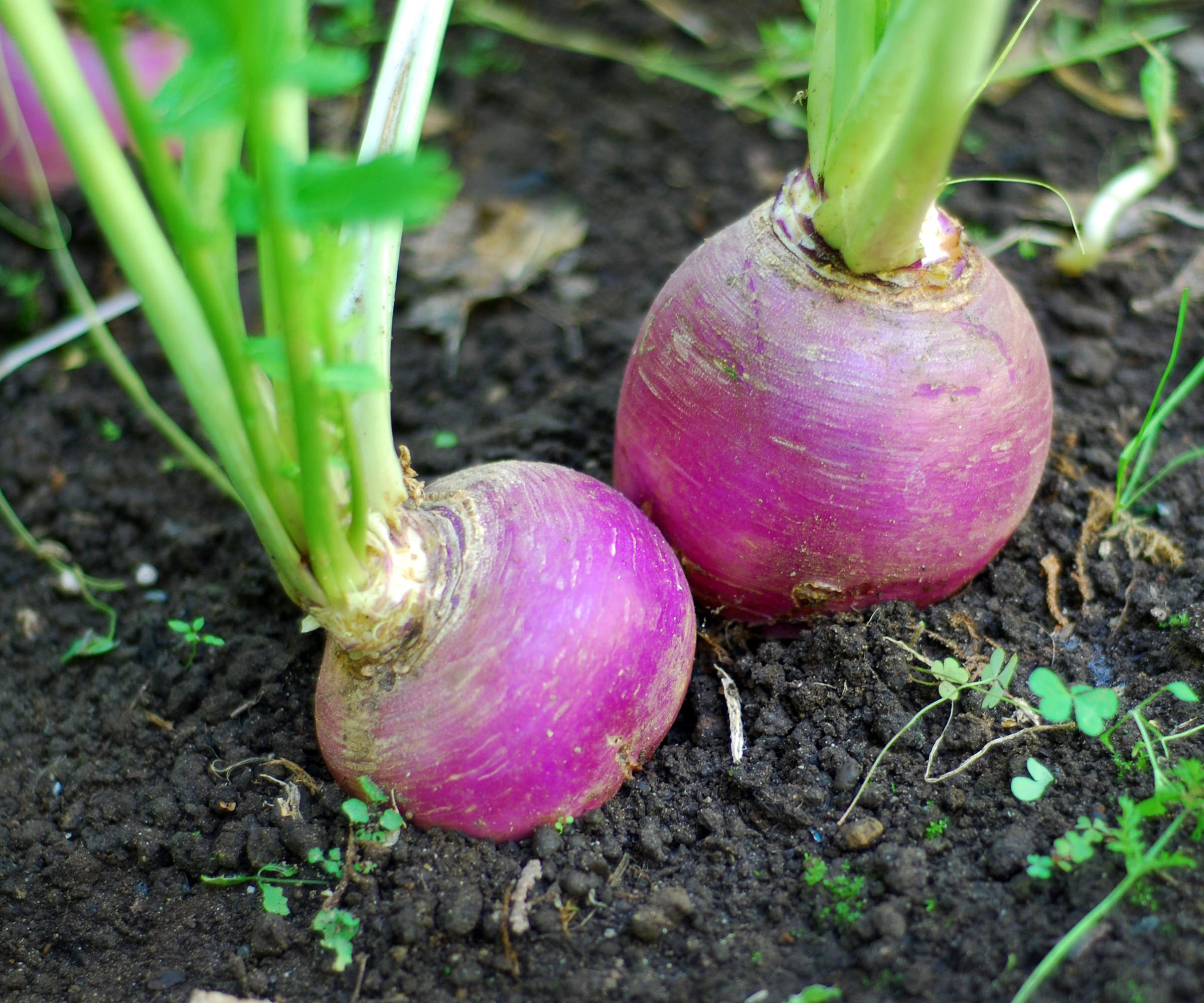
Turnips are also fast-growing cool-weather vegetables that can usually be ready as baby crops in around eight weeks or left to mature to full-size roots in 10-12 weeks. Traditionally, the hardier types of turnips are harvested fresh to use or stored for winter, such as for a Christmas dinner.
However, newer small and white Japanese types of turnips, such as these ‘Tokyo Cross’ hybrid turnips, available at True Leaf Market, are even more fast-maturing and they are also ideal for sowing in September.
These turnips can be sown directly into the soil this month and be ready in 25-45 days for baby crops, though may be left to develop into larger roots. Turnips are ideal for succession planting for a steady harvest of roots throughout the cooler months.
5. Bok Choy
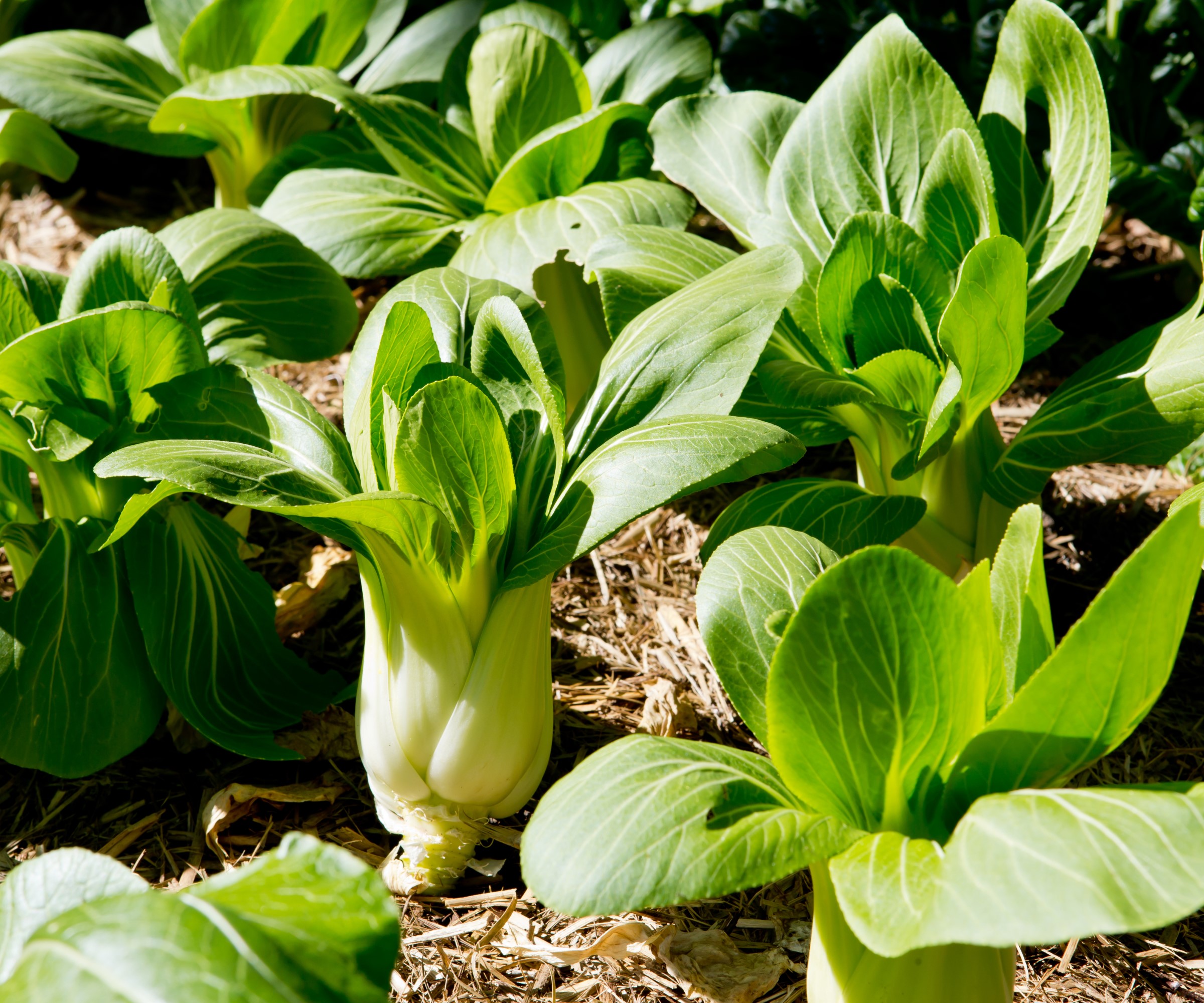
Bok choy is also commonly referred to as pak choi, they are both varieties of Chinese cabbage that are ideally suited to sowing in September. Plants produce upright rosettes of stems and leaves, with different varieties coming in shades of green or dark purple, that are commonly used in stir-fries and other Asian dishes.
The late summer and early fall represent an ideal time to sow this cool-weather oriental vegetable, as it regularly bolts in hot summers but thrives from later sowing. Sow seeds under a half-inch deep into the soil and 3-4 inches apart in a full sun or part-shade spot in the garden. Bok choy is a good vegetable to plant in the shade as it can tolerate as little as four hours of sun a day.
Harvest the entire head after 50-70 days - which should encourage a second smaller flush of leaves - or snip off individual leaves as required once they are large enough to use.
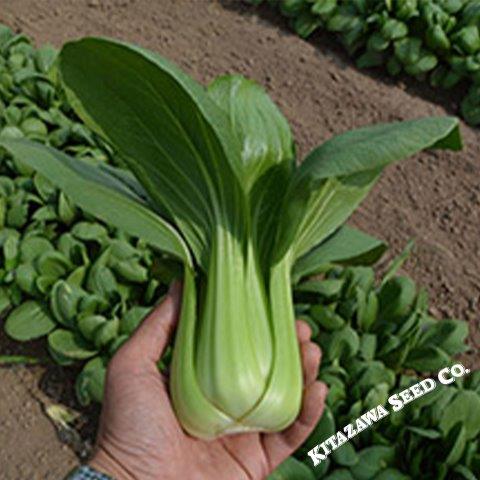
Summer Zest is considered a medium to large size cabbage or medium maturing pak choi. It produces leaves that are dark green color and an oval-spoon shape. The variety is good for late spring and fall planting.
6. Broccoli raab
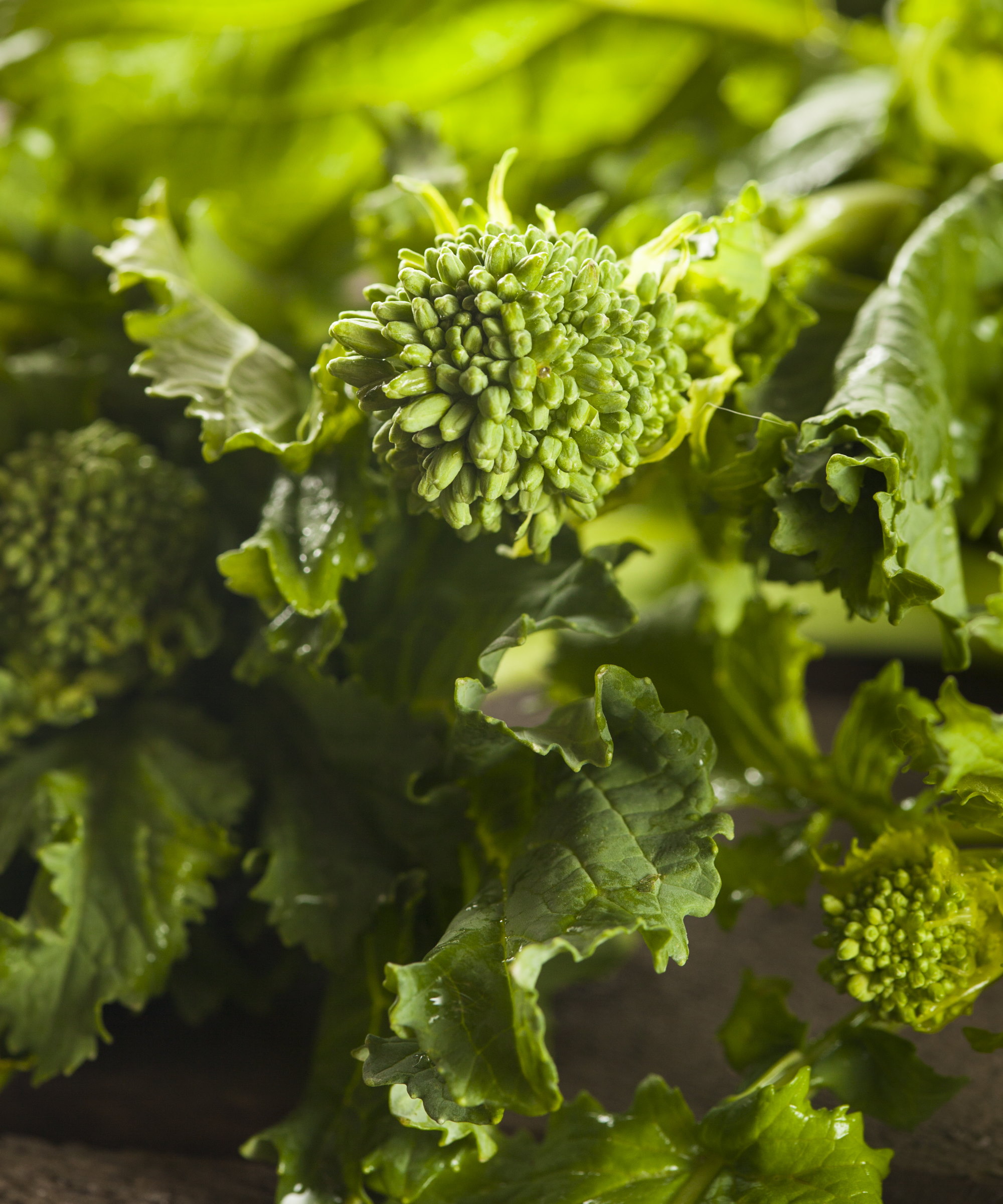
Growing broccoli raab, also known as broccoli rabe or rapini, is different to growing broccoli. When it comes to the latter, a staple crop in many kitchen gardens, it grows one main head - and you may get some resprouting after harvesting. However, broccoli raab is more like sprouting broccoli, where you get lots of smaller and tender sprouting side shoots to harvest over an extended period.
Broccoli raab is a cool-weather crop to sow in September and it can be ready to harvest within six or seven weeks. It is a cold-hardy vegetable whose taste can be sweetened by a few frosts. If you protect plants from frost and extended cold periods using cloches or row covers you can harvest broccoli raab throughout winter.
To sow broccoli raab seeds in September, thinly sow them into rows and then thin seedlings to around 4-6 inches apart. Pinching the stems when they are 12 inches tall will encourage the development of lots of side shoots to carry the florets to harvest.
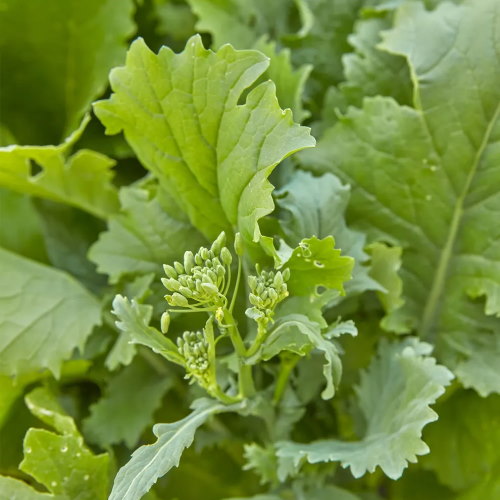
Seeds of delicious heirloom broccoli raab that can be enjoyed as mini-broccolis in salads, as tasty hors d’oeuvres, or as instant healthy snacks. It is best when grown in cool weather
7. Japanese onions

Japanese onions are ideal varieties for overwintering. They are types of onions that can be planted in September and will give you an onion harvest in late spring. Japanese onions need less light than other varieties and are hardy enough to overwinter outdoors usually without any issue - unless your soil type sits very wet during the colder months, as this can lead to rot.
Plant Japanese onion seeds indoors in late summer or early fall into module trays filled with soil for starting seeds. Types such as these ‘Shonan Red’ onions, available at True Leaf Market, want to be transplanted by the middle of fall from a late summer or early fall sowing.
FAQs
Can I sow carrots in September?
It is too late to plant carrots outdoors and get a reliably good harvest this year. However, if you have a greenhouse or polytunnel there is still the opportunity to grow carrots. Planting fast-growing carrot seeds undercover this month, such as these ‘Nantes Half Long’ carrots from Burpee, can give you a carrot harvest in around 70 days.
As well as sowing vegetables this month, you may find young plants of hardy brassicas in garden centers, nurseries, or online. Transplants of broccoli, cauliflower, spring cabbage, or kale can be planted in September to provide harvests during winter and early spring.
Sign up to the Homes & Gardens newsletter
Design expertise in your inbox – from inspiring decorating ideas and beautiful celebrity homes to practical gardening advice and shopping round-ups.

Drew’s passion for gardening started with growing vegetables and salad in raised beds in a small urban terrace garden. He has worked as a professional gardener in historic gardens and specialises in growing vegetables, fruit, herbs, and cut flowers as a kitchen gardener. That passion for growing extends to being an allotmenteer, garden blogger, and producing how-to gardening guides for websites. Drew was shortlisted for the New Talent of the Year award at the 2023 Garden Media Guild Awards.
-
 Kris Jenner's favorite air fryer, the Ninja Crispi, is the perfect small kitchen solution – it deserves a place on the most compact of countertops
Kris Jenner's favorite air fryer, the Ninja Crispi, is the perfect small kitchen solution – it deserves a place on the most compact of countertopsKris approves of this compact yet powerful air fryer, and so do our own kitchen appliance experts, praising it for its multifunctionality
By Hannah Ziegler Published
-
 Ina Garten's storage pantry is an insightful window into all of the best cookware used by the chef – and it's easy to recreate on your kitchen shelves from $48
Ina Garten's storage pantry is an insightful window into all of the best cookware used by the chef – and it's easy to recreate on your kitchen shelves from $48The beautiful dishware in The Barefoot Contessa's Hamptons pantry showcases the tools she uses most often to cook – this is exactly how you replicate it
By Sophie Edwards Published
-
 These 5 plants can help you get the best, and potentially tastiest, broccoli ever – discover what to plant with broccoli, and what to avoid
These 5 plants can help you get the best, and potentially tastiest, broccoli ever – discover what to plant with broccoli, and what to avoidOur selection of vegetables, herbs, and flowers is perfect for companion planting with broccoli
By Drew Swainston Published
-
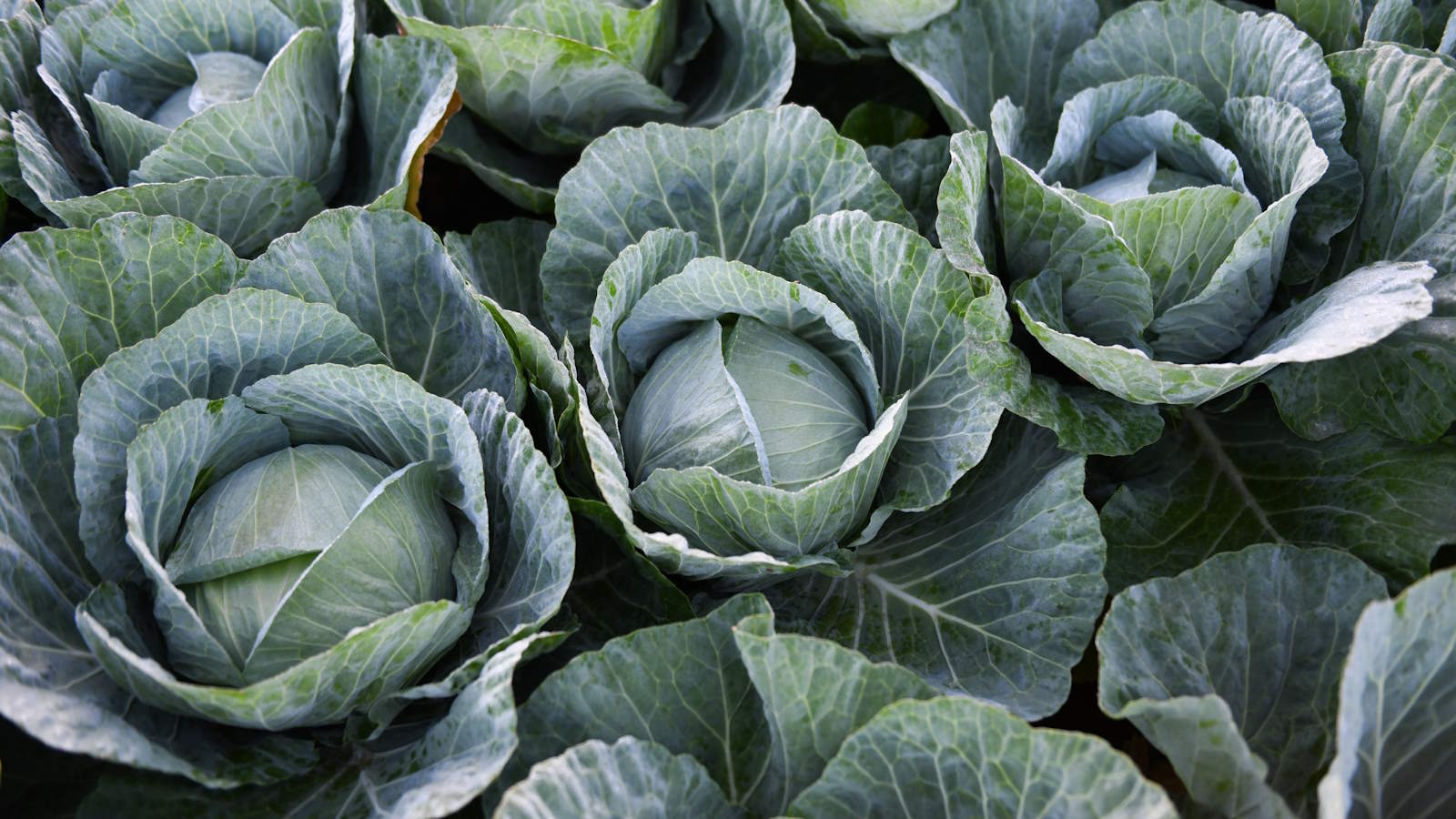 How to grow cabbages in containers – expert tips for top harvests in small urban spaces
How to grow cabbages in containers – expert tips for top harvests in small urban spacesYou can grow lots of different cabbages in pots, troughs, grow bags, or buckets
By Drew Swainston Published
-
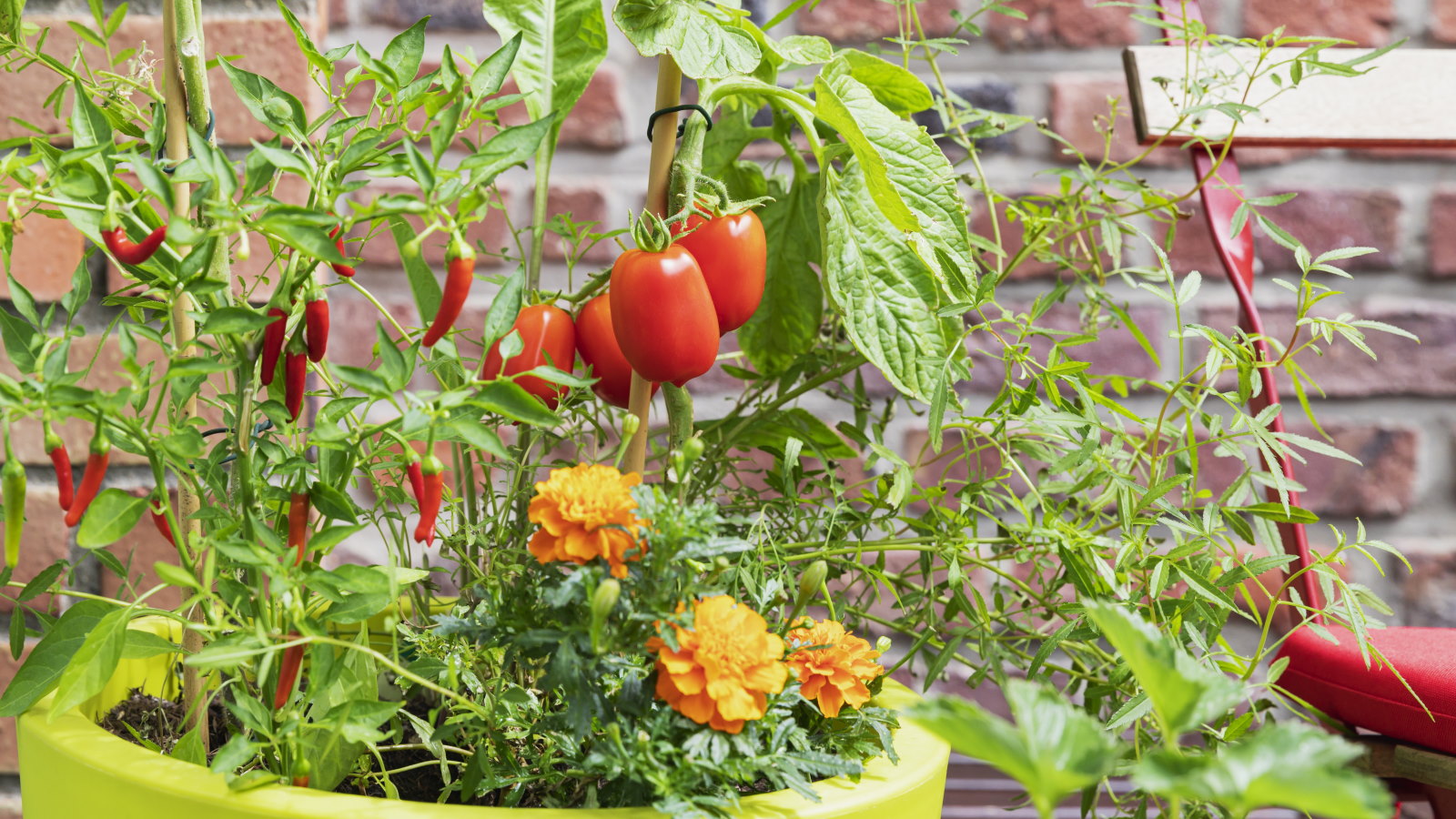 You'll get the best homegrown tomato crops if you plant them next to this one flower – discover why these two are a dream combination
You'll get the best homegrown tomato crops if you plant them next to this one flower – discover why these two are a dream combinationYour tomato plants will be pest-free and covered in fruits
By Drew Swainston Published
-
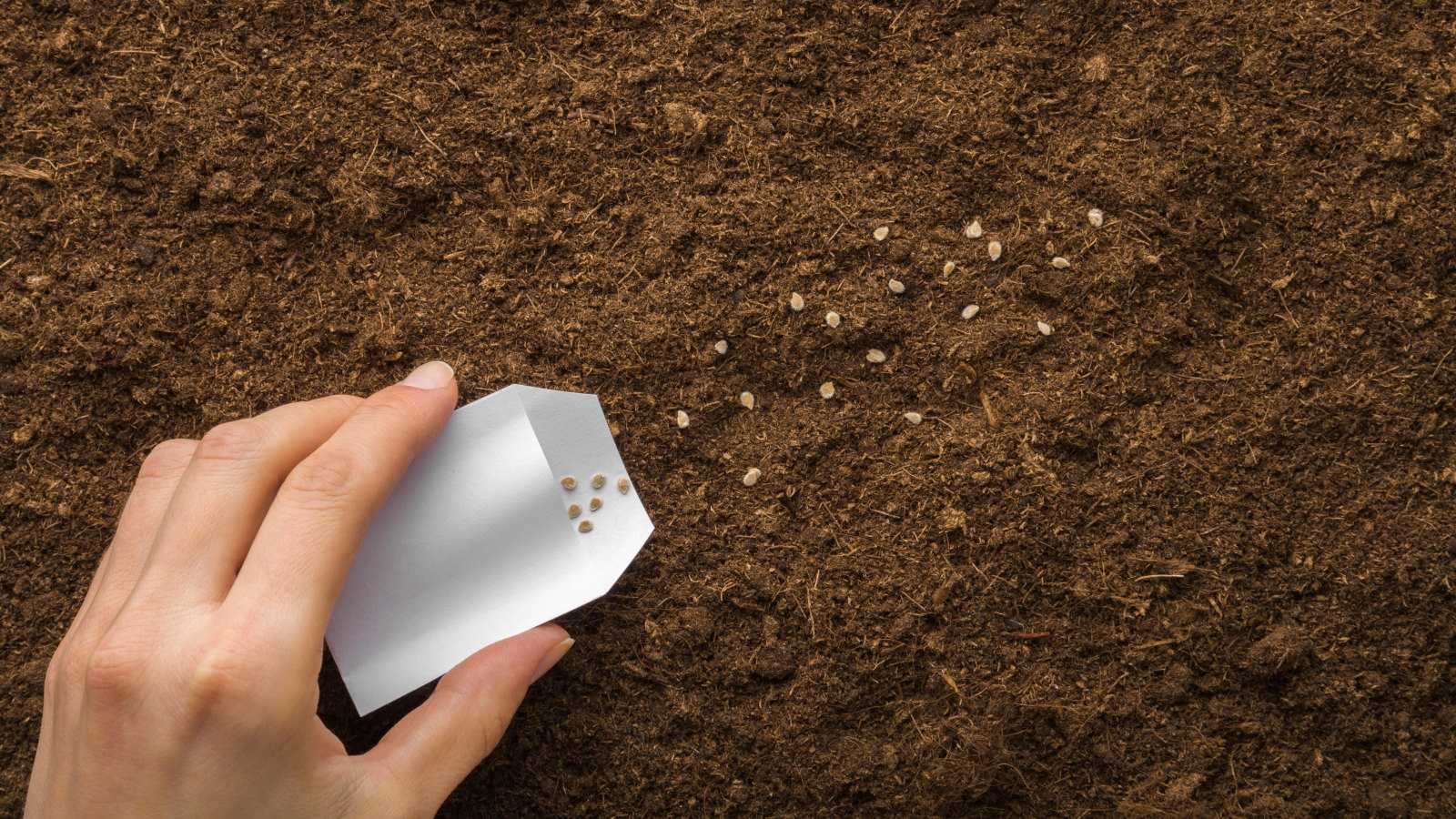 Direct sowing vs transplanting – our grow-your-own expert advises which is best, and shares 5 veggies you should always sow directly
Direct sowing vs transplanting – our grow-your-own expert advises which is best, and shares 5 veggies you should always sow directlyBoth approaches to sowing vegetables have pros and cons
By Drew Swainston Published
-
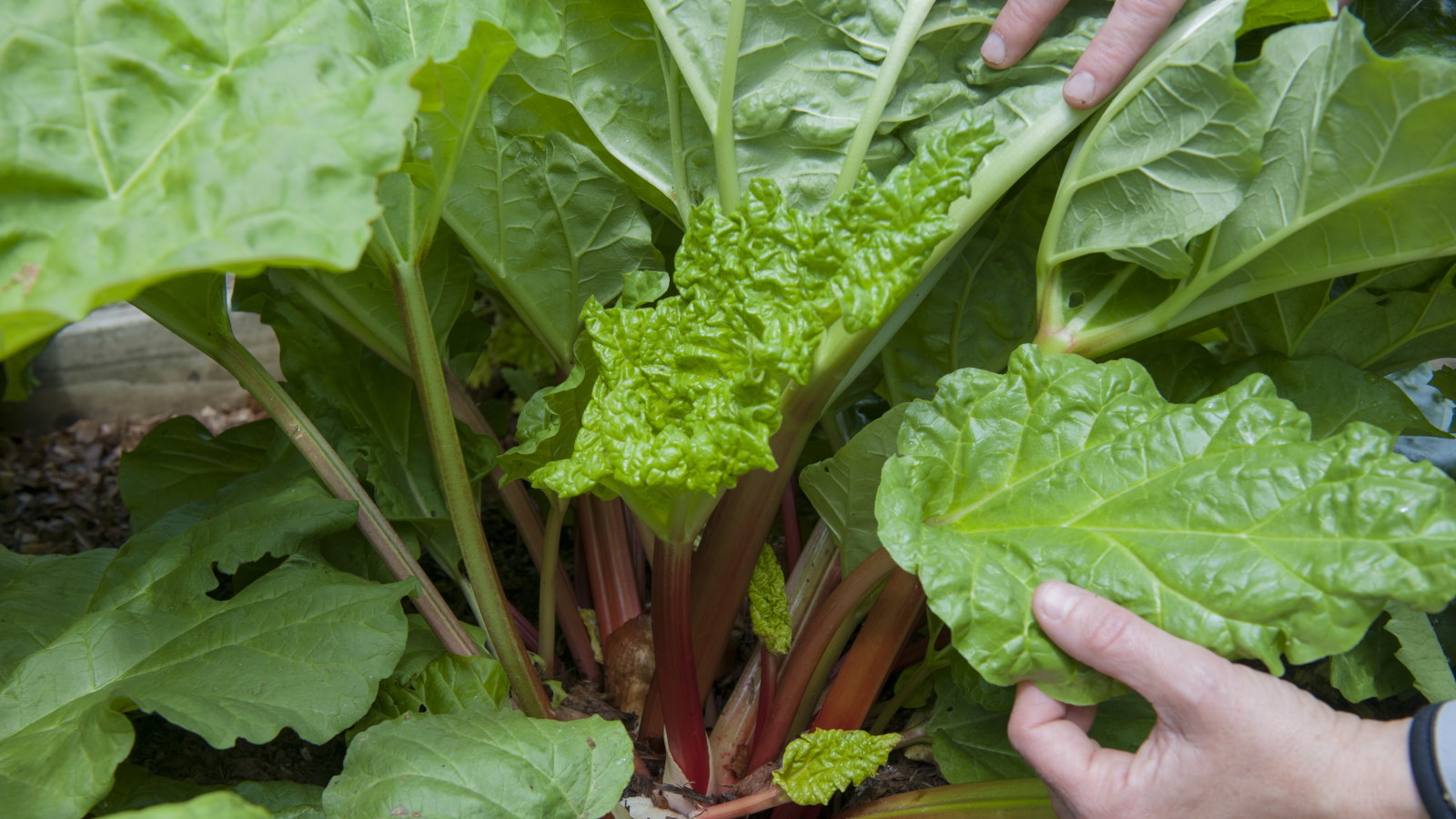 I grew rhubarb from seed for years – here’s exactly how to do it for guaranteed germination and healthy crops of fruit
I grew rhubarb from seed for years – here’s exactly how to do it for guaranteed germination and healthy crops of fruitGrowing rhubarb from seed is a cost-effective way to propagate plants, but it requires care and patience
By Drew Swainston Published
-
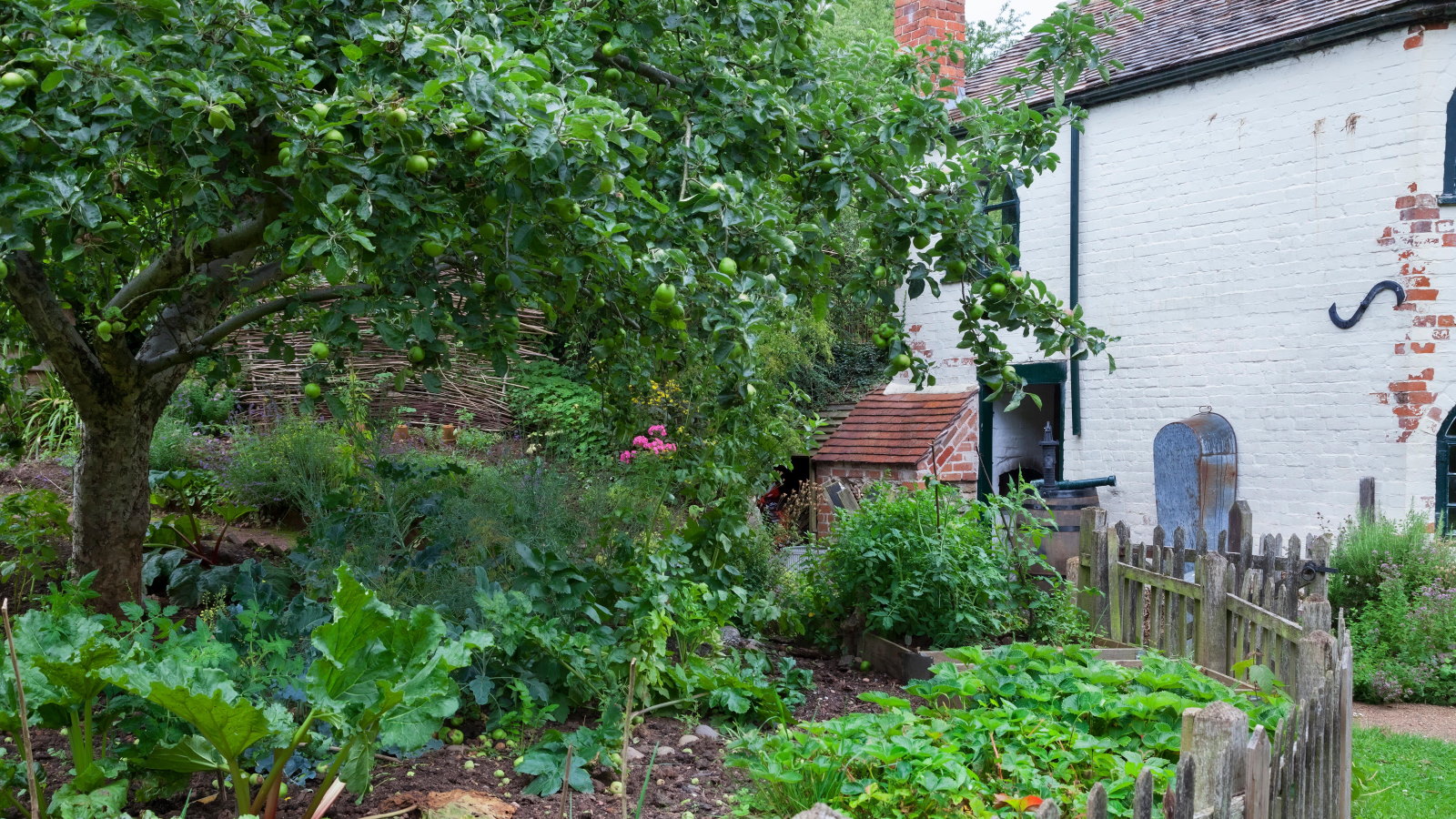 4 reasons you should plant trees in a vegetable garden – plus experts reveal the secrets to help you reap the rewards
4 reasons you should plant trees in a vegetable garden – plus experts reveal the secrets to help you reap the rewardsSee how agroforestry principles can help boost your soil and harvests
By Drew Swainston Published
-
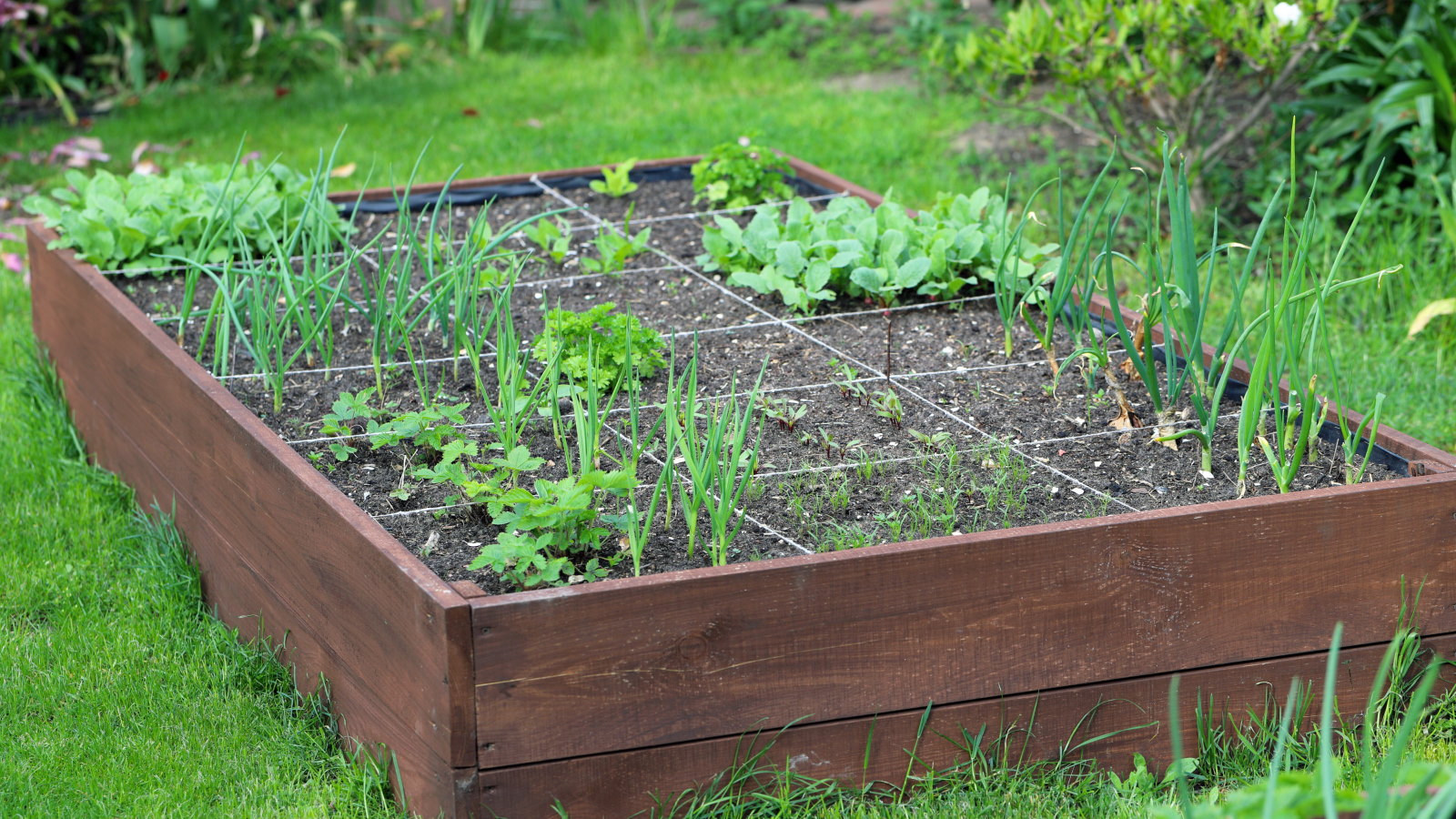 9 of the best vegetables to grow using the square foot gardening method – for big harvests in small spaces
9 of the best vegetables to grow using the square foot gardening method – for big harvests in small spacesPlus how many of each vegetable can be grown per square foot
By Drew Swainston Published
-
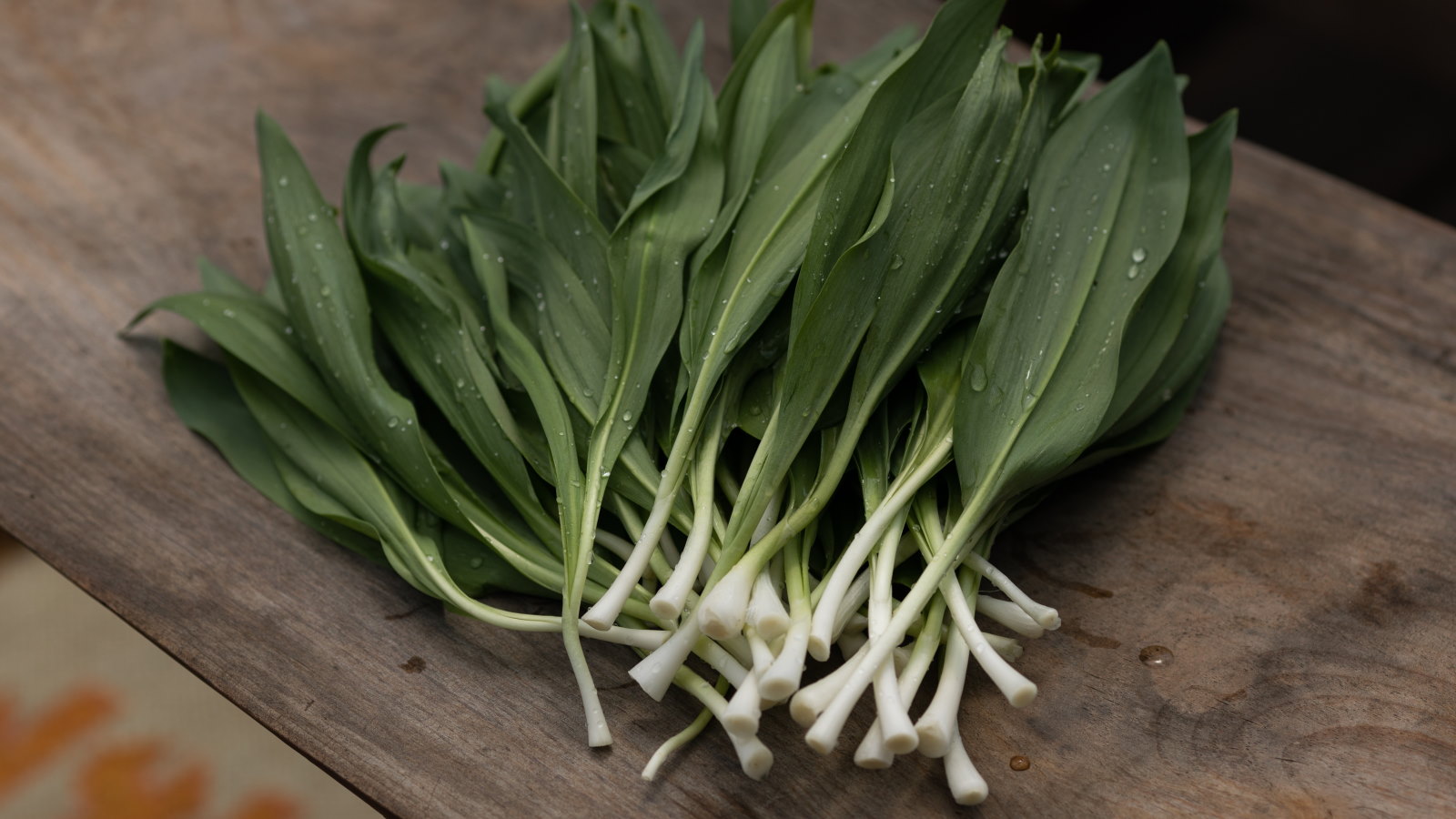 Ramps are highly prized spring harvests for chefs – discover how to grow your own at home from bulbs or seeds to have rich pickings for years to come
Ramps are highly prized spring harvests for chefs – discover how to grow your own at home from bulbs or seeds to have rich pickings for years to comeGrowing ramps, or wild leeks, does require patience, but the rewards are worth the wait
By Drew Swainston Published